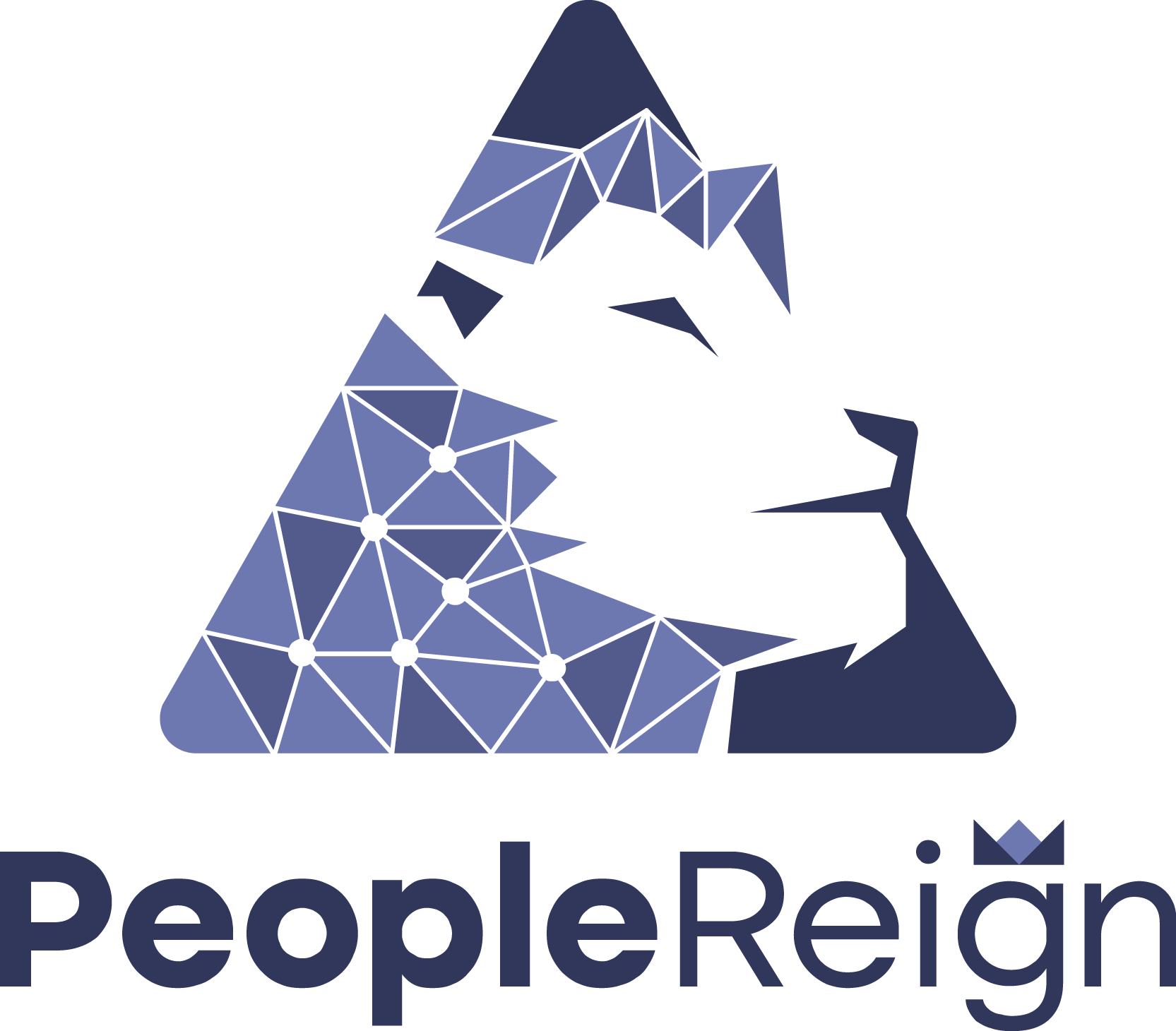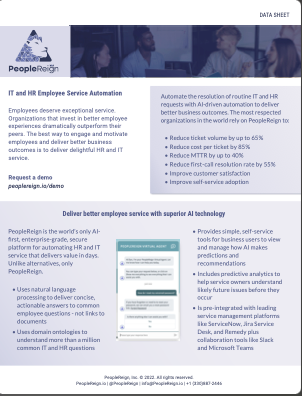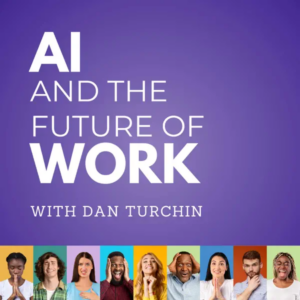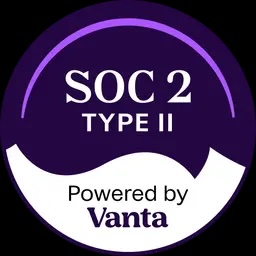
Seventeenth-century Amsterdam is known for three things: Rembrandt, the Bubonic Plague and Tulip Mania. It was 1637, the height of the Dutch Golden Age. Tulip bulbs were scarce and demand for them soared. They were also a symbol of status. Acres of land were swapped for seeds that would yield no more than a few flowers.
History repeats itself. Today, something prized, overhyped and misunderstood is similarly symbolic of a future we all want and don’t understand. We’re not all Dutch and there’s no Bubonic Plague, but artificial intelligence (AI) just may be the new bulb and bust.
The uncertainty leading to AI mania is real. We can’t agree on whether or not it will augment or destroy us, create jobs or destroy them. It is powerful beyond belief, but because we don’t understand its potential, we assign speculative value and risk to it.
That is about to change. Responsible developers are signing a pact to make AI a source of good to reduce the risk of automating our destruction. After all, the “artificial” in “AI” is controlled by algorithms written by humans and the data they feed them.







